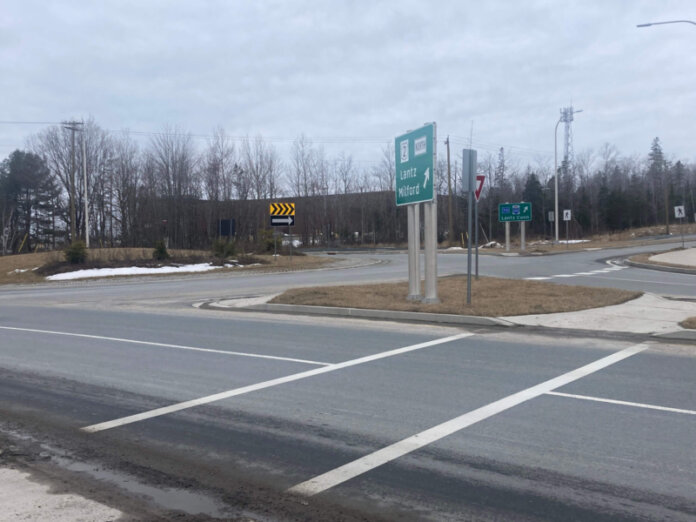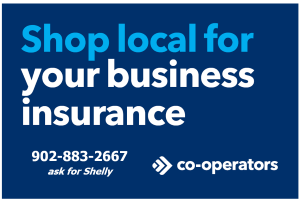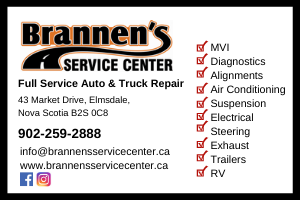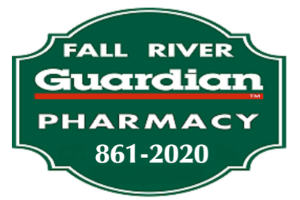LANTZ: With several near misses and a pair of collisions in the Lantz Roundabouts being reported, we reached out to the Department of Public Works for some information on using roundabouts.
The below information is what was provided to us, and we thought we should share with you our readers.
The information below came from. There are two dozen tips at the below link (we have posted only a few in this piece). Find the full list at:
https://novascotia.ca/tran/roundabout/roundabout.asp
ADVERTISEMENT:
WHAT IS A ROUNDABOUT:
A roundabout is an intersection where traffic flows in a counter clockwise direction around a centre island. When you approach a roundabout you must wait for pedestrians to cross and wait for a safe gap in traffic already in the circle before you enter the circle. Traffic inside the roundabout has the right-of-way. That means that if you are in the roundabout, you do NOT stop to let other vehicles enter.
Roundabouts are designed to reduce traffic delays because you do NOT have to stop before entering a roundabout unless there is a vehicle or pedestrian in your way.
Roundabouts also reduce collisions because there are fewer points in the roundabout where vehicles can come into contact with one another.
Slower speeds in roundabouts mean that any collisions that do happen will be less severe.
Speeds are slower in roundabouts because you must turn right to enter the roundabout, turn left to go around the centre island, and turn right to exit the roundabout. All this turning means that you must slow down but you do not necessarily have to stop. Once you are in the roundabout, all traffic is moving in the same direction so traffic flows more smoothly.
ADVERTISEMENT:
Because roundabouts keep traffic flowing, you may use less fuel. This can lead to better air quality because there is less vehicle-related pollution.
Roundabouts may have one or more lanes.
When you approach a roundabout, do these 3 things:
- Choose your lane. On multi-lane roundabouts, the lane you use to enter the roundabout determines where you can exit.
- Wait for pedestrians to cross.
- Wait for a safe gap in traffic.
Once you are in the roundabout, follow the traffic signs and road markings to your exit. Do NOT stop to let other vehicles enter.
Roundabouts were developed in the United Kingdom (UK) in the 1960s and now are widely used in many countries.
ADVERTISEMENT:
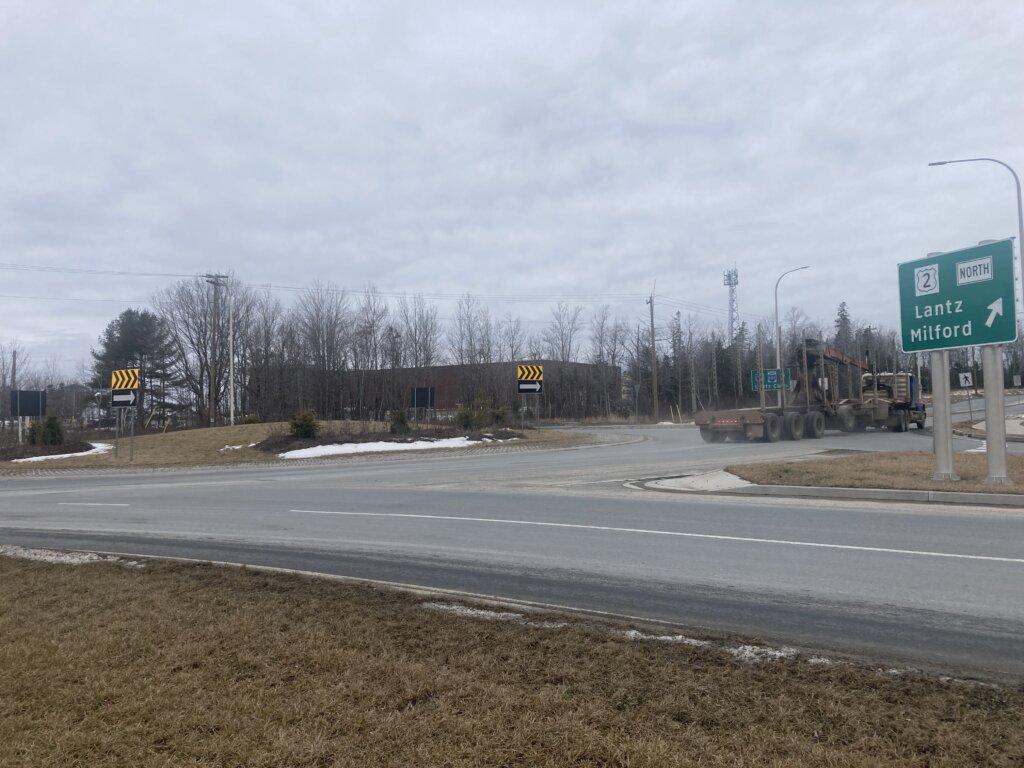
HOW DO I DRIVE IN A ROUNDABOUT?
Traffic in the roundabout has the right-of-way. You must wait for a safe gap in traffic before you enter the roundabout.
There are a number of things you must do when you use a roundabout:
- Approach
- Choose a lane.
- Yield at the crosswalk
- Yield to traffic
- Enter when safe.
- Signal intent to exit.
- Exit
- Yield at the crosswalk
- Proceed
Approach
Slow down. Roundabouts are designed for speeds of between 30 and 50km/h. Look for signs that will help you to find your exit. Watch for people using the crosswalk and be ready to yield or stop.
Choose a lane.
Some roundabouts have 2 or more lanes. Follow the signs and road markings to choose the correct lane before you enter the circle. On multi-lane roundabouts, the lane you use to enter the roundabout determines where you can exit.
Remember to yield to ALL lanes of traffic in a multi-lane roundabout.
Yield
There are 2 places to yield when approaching a roundabout:
- at the crosswalk – Make sure there are no pedestrians in your path before continuing to the roundabout.
- at the entrance to the roundabout – Wait for a safe gap in traffic before entering the roundabout. Pay attention to ALL traffic coming from your left.
Enter when safe.
Enter the roundabout when there is a safe gap in traffic. Continue until you reach your exit. Stay in your lane at all times. Do NOT stop except to avoid a collision.
Never drive next to a large vehicle or truck on a multi-lane roundabout and don’t try to pass one. Large trucks need a lot of room to turn. You can give them the room they need by staying farther behind them than you normally would with passenger vehicles.
Signal intent to exit.
As you near your exit, use your right-turn signal to let others know you plan to exit.
Exit
Exit at a slow speed. Watch for people using the crosswalk and be ready to stop. If you miss your exit, keep going around the roundabout until you reach it again.
ADVERTISEMENT:
WHAT KIND OF COLLISIONS HAPPEN AT ROUNDABOUTS?
Rear-end collisions are the most common collisions to occur at roundabouts. These are often caused by drivers failing to wait for a safe gap in traffic, or choosing the wrong lane and changing lanes at the wrong time. Still, collisions in roundabouts are less severe than those in other places because of the slower speeds.
Despite the safety benefits of roundabouts, some collisions still occur.
Single-lane roundabouts
There are 2 kinds of collisions that are more common at single-lane roundabouts: rear-end collisions and entering collisions.
Rear end collisions occur when a vehicle hits the back of another vehicle. This usually happens at the entrance to the roundabout.
Entering collisions occur when a vehicle entering the roundabout does not wait for a safe gap in traffic and hits a vehicle already in the roundabout. These kinds of collision are generally only minor “fender benders.” In contrast, head-on and turning collisions that occur at traditional intersections can lead to serious injury or death.
Multi-lane roundabouts
At multilane roundabouts, the 2 most common kinds of collisions are “failure to yield” and “improper lane selection”.
“Failure to yield” is another way of saying, “did not wait for a safe gap in traffic.” In multi-lane roundabouts you must be sure that all lanes are clear before you enter the roundabout. This includes the inside lane. Vehicles in the inside lane will NOT stay there. They will have to leave the roundabout, which means they could move in front of the entering vehicle. This kind of collision is the entering vehicle’s fault because it failed to wait for a safe gap in traffic.
Improper lane selection means a driver chose the wrong lane to enter the roundabout. This means the driver has to change lanes quickly inside the roundabout. This happens most frequently near the exit. There are 2 reasons for this:
- A vehicle is in the outside lane and should exit but instead changes lanes and continues around the roundabout. In doing this, it crosses in front of a vehicle in the left lane that is in the process of leaving the roundabout.
- A driver in the inside lane wants to exit and notices too late that the exit is a single lane so abruptly moves to the right lane to exit.
It is illegal to cause a collision by changing lanes quickly without warning nearby drivers. This is true on all roads, not just roundabouts.
ADVERTISEMENT:
Speeding
Going too fast in a roundabout can also cause a collision. Some drivers approach the roundabout too quickly to slow down enough to turn into the roundabout or to wait for a safe gap in traffic.
Most roundabouts are designed to warn drivers to slow down in plenty of time. These are some of the warning features:
- large warning signs well ahead of the roundabouts
- yield signs
- clearly visible gardens or artwork on centre islands
- reflective markings on the road


















